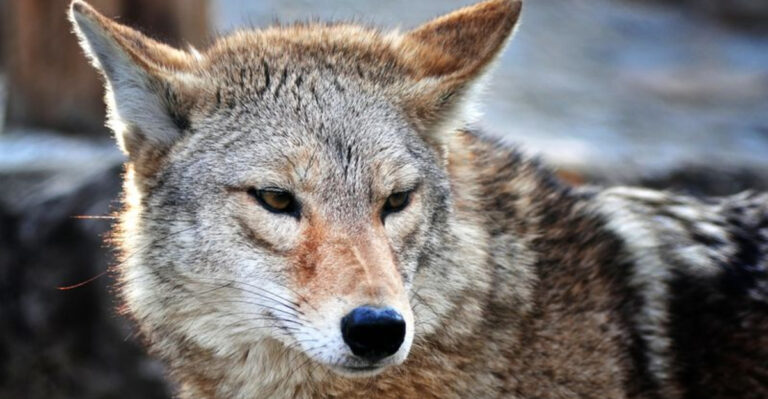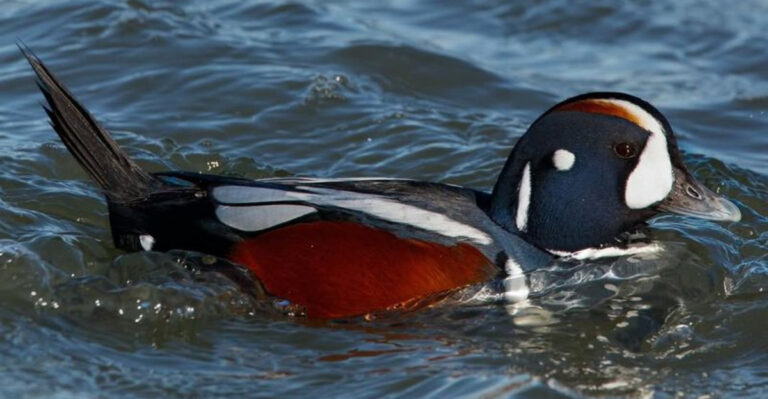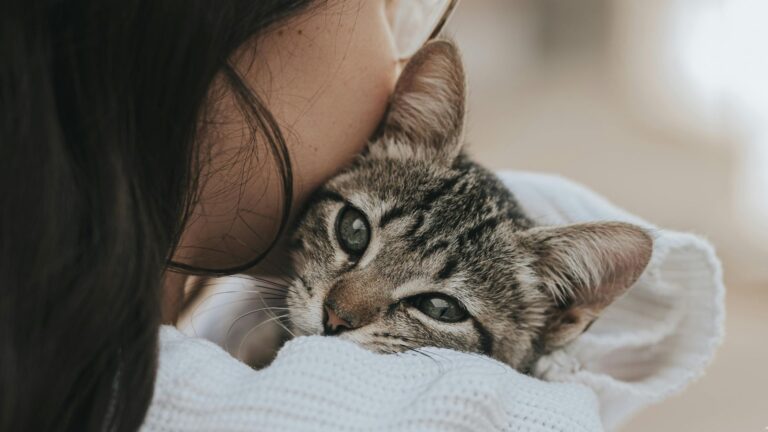15 Animals That Complete Their Life Cycle After Birthing Offspring
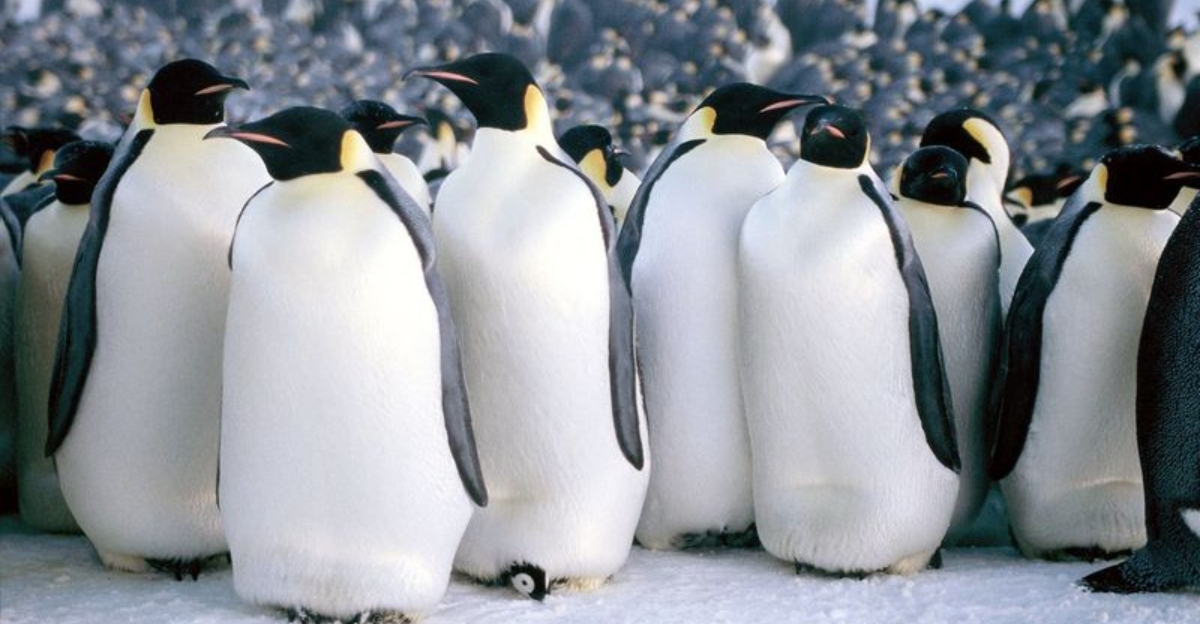
Nature has designed some fascinating life cycles where reproduction marks the final chapter. For certain animals, creating the next generation is their ultimate purpose, leading to a swift decline or death after offspring arrive.
These creatures invest everything into ensuring their genetic legacy continues, even at the cost of their own survival. Their remarkable sacrifice highlights one of nature’s most dramatic biological strategies.
1. Pacific Salmon’s Upstream Finale
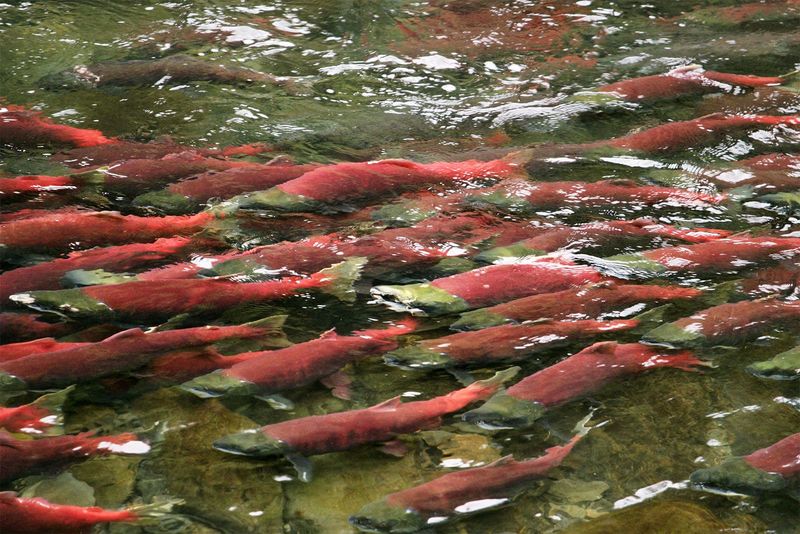
After years in the ocean, Pacific salmon make an extraordinary journey back to their birthplace. Swimming against powerful currents, they navigate hundreds of miles upstream, overcoming rapids and predators.
Once they reach their natal streams, females lay eggs while males fertilize them. This reproductive act depletes their energy reserves completely. Their bodies deteriorate rapidly – scales fall off, flesh decays, and vital organs shut down.
Their decomposing bodies actually nourish the ecosystem, providing nutrients for their own offspring and countless other species in the stream environment.
2. Octopus Mothers’ Ultimate Sacrifice
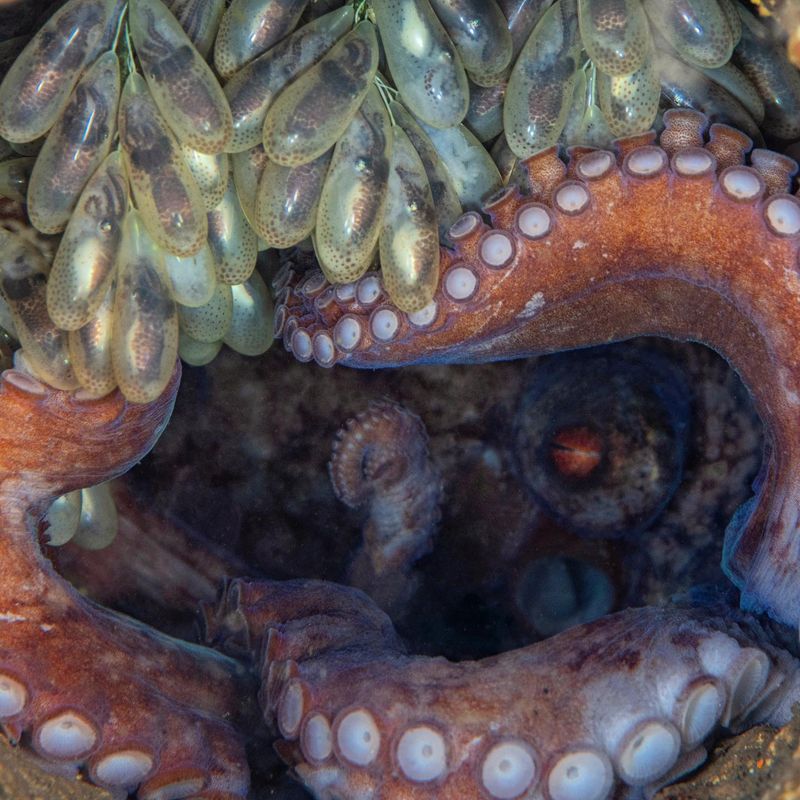
Female octopuses demonstrate one of the animal kingdom’s most devoted maternal sacrifices. After laying up to 100,000 eggs, a mother octopus stops eating entirely, dedicating herself to protecting her clutch.
She meticulously cleans each egg, blowing oxygen-rich water over them for weeks or months. Her body gradually weakens as she draws on internal reserves, sometimes even consuming her own tissues for energy.
By the time her babies hatch, she’s depleted beyond recovery. Her death coincides almost perfectly with her offspring’s entrance into the world—a complete transfer of life energy.
3. Bamboo’s Century-Long Patience

While not an animal, bamboo deserves mention for its extraordinary reproductive strategy. Many bamboo species grow for decades—sometimes over a century—before flowering just once in their lifetime.
When flowering finally occurs, it happens simultaneously across entire species populations worldwide, regardless of climate differences. Scientists remain puzzled by how bamboo coordinates this synchronized event.
After producing seeds, these plants channel all remaining energy into reproduction. Their massive seed production depletes their resources entirely, causing widespread bamboo death following this spectacular reproductive finale.
4. Antechinus: Mating Frenzy To Fatal Finish
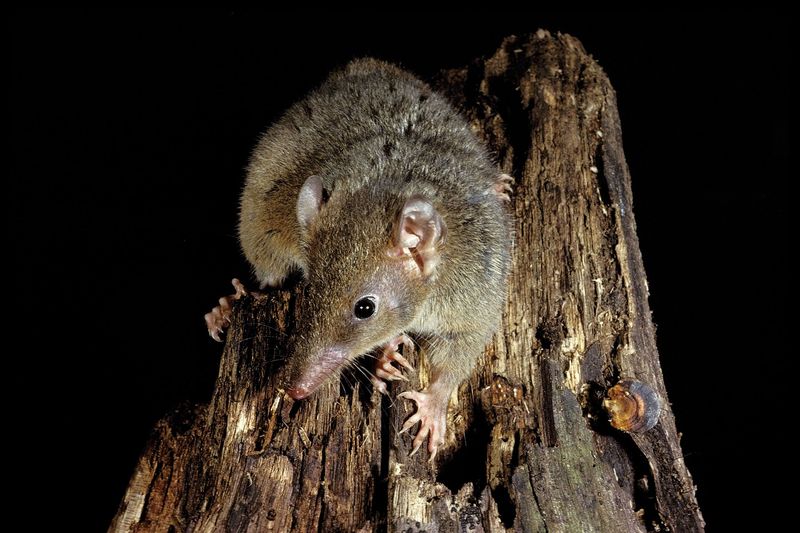
Australia’s mouse-sized marsupial called the antechinus experiences perhaps the most dramatic reproductive ending. Males engage in frenzied mating sessions lasting up to 14 hours with multiple females, continuing nonstop for weeks.
During this period, stress hormones flood their bodies, suppressing their immune systems. Their fur falls out, internal bleeding begins, and organs start failing.
By the end of mating season, every single male has died from the extreme physical toll, never living to see their offspring born. This strategy ensures maximum reproductive effort without competing with offspring for resources.
5. Mayfly’s Ephemeral Adult Life
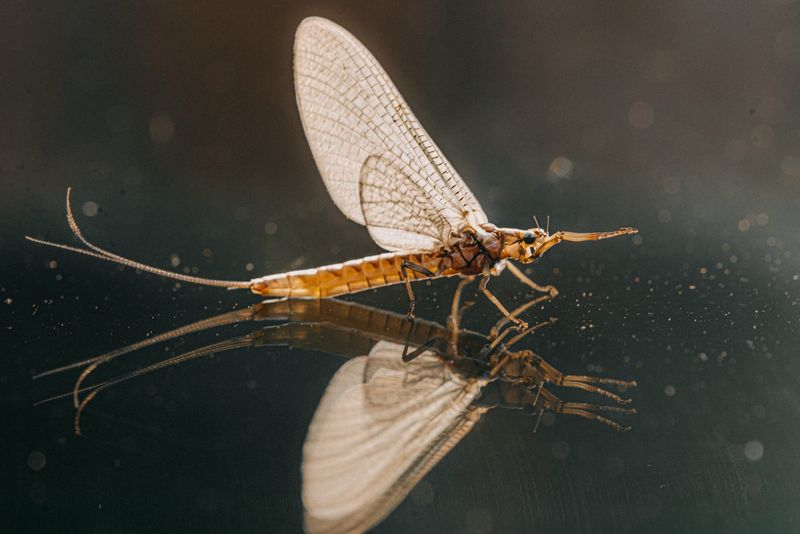
Mayflies spend most of their lives—up to two years—as underwater nymphs. But their adult phase lasts mere hours to days, existing solely for reproduction.
Emerging from water in synchronized swarms, adult mayflies lack even functional mouths or digestive systems. They can’t eat or drink during their brief aerial existence.
Males and females quickly pair up, mate mid-air, and females deposit eggs on water surfaces before both parents die. Their bodies often blanket shorelines, providing essential nutrients to ecosystems while completing their remarkably compressed adult lifecycle.
6. Female Praying Mantis’s Cannibalistic Conclusion
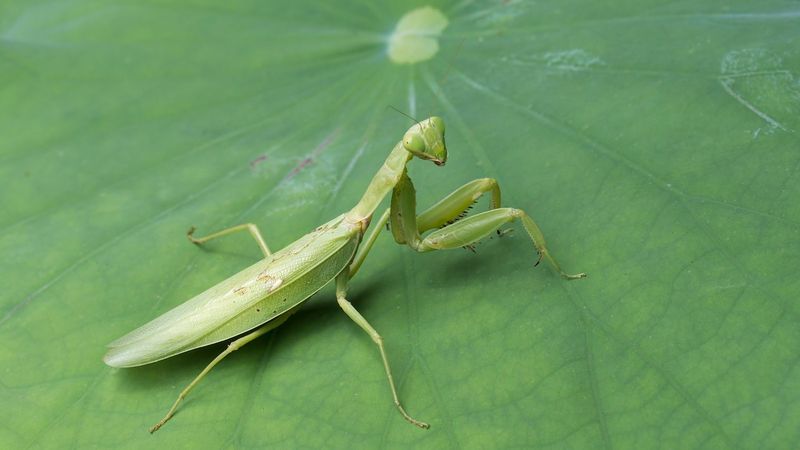
The female praying mantis has earned notoriety for occasionally consuming her mate during or after copulation. This behavior, while not universal, serves a surprising reproductive purpose.
A headless male can continue mating while providing protein for egg development. Studies suggest males eaten by their partners actually transfer more sperm, potentially fathering more offspring.
After laying her egg case (ootheca), the female’s energy reserves are depleted. She typically survives only a few weeks longer before dying as winter approaches, never seeing her hundreds of offspring hatch in spring.
7. Cicadas’ 17-Year Underground Wait

Periodical cicadas spend an astonishing 13 or 17 years underground as nymphs before emerging in massive synchronized swarms. They transform into adults with a single purpose: reproduction.
Adult cicadas live just 4-6 weeks aboveground. Males sing their distinctive chorus to attract mates, while females cut slits into tree branches to deposit eggs.
Neither sex eats during this brief adult phase—they simply mate, lay eggs, and die. Their decomposing bodies enrich forest soil, completing a remarkable life cycle that began nearly two decades earlier.
8. Emperor Penguins’ Final March

Few creatures demonstrate parental devotion quite like Emperor penguins, who make the ultimate sacrifice after ensuring their chick’s survival. After their grueling Antarctic winter vigil, protecting eggs in -40°F temperatures, these majestic birds often collapse from exhaustion once their offspring can survive independently.
Their bodies, depleted of all fat reserves and weakened by months without food, simply shut down after transferring the last of their energy to their growing chicks. Scientists have documented how these devoted parents will continue feeding their young even as their own organs begin to fail.
9. Squid’s Mysterious Deep-Sea Demise
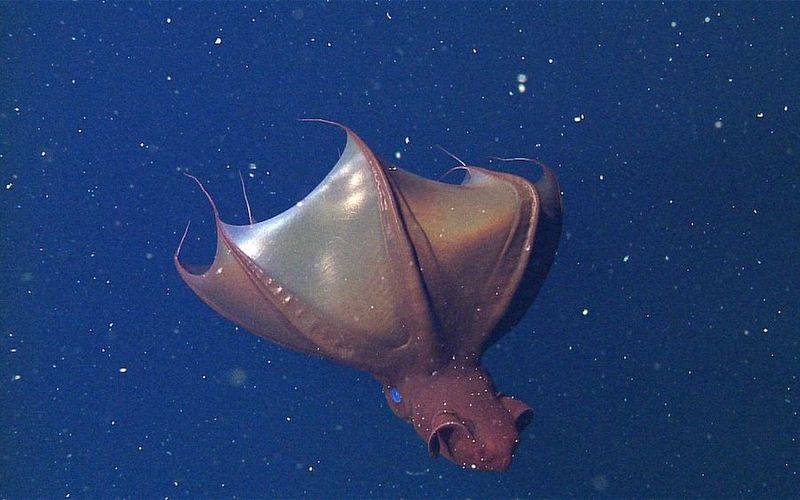
Like their octopus relatives, many squid species follow a similar pattern of post-reproductive death. Deep-sea squid engage in a single reproductive event before their bodies shut down.
Females produce massive egg masses—sometimes containing over 100,000 eggs—that drain their energy reserves completely. Males experience rapid deterioration after transferring sperm packets.
Scientists studying deep-sea squid carcasses have observed that their muscle tissues break down and digestive organs atrophy following reproduction. Their bodies literally self-destruct after ensuring genetic continuity through their offspring.
10. Labord’s Chameleon: World’s Shortest Lifespan
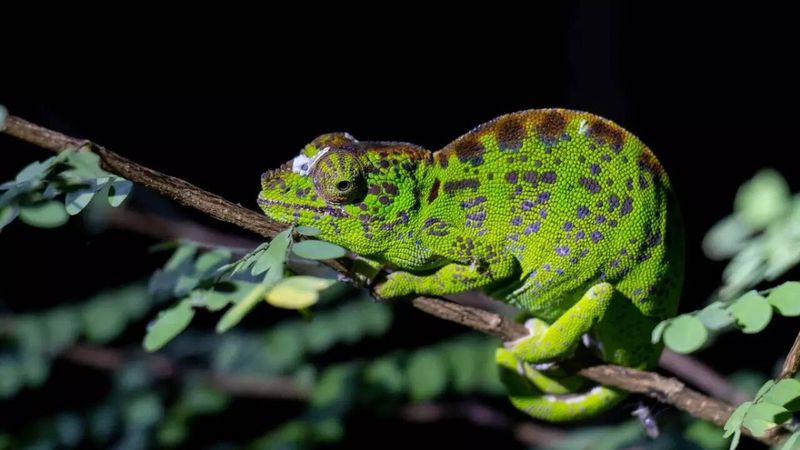
Madagascar’s Labord’s chameleon holds the record for the shortest lifespan of any four-legged vertebrate. These remarkable reptiles spend more time developing inside eggs than living as hatched individuals.
After emerging during November rainy season, they grow rapidly, reaching sexual maturity in just two months. Females lay eggs in February, after which the entire adult population dies.
The eggs remain dormant through the dry season, hatching when rains return nine months later. This means no adult Labord’s chameleons exist for most of the year—a unique adaptation ensuring offspring emerge when conditions are optimal.
11. Male Honeybee’s Explosive Ending
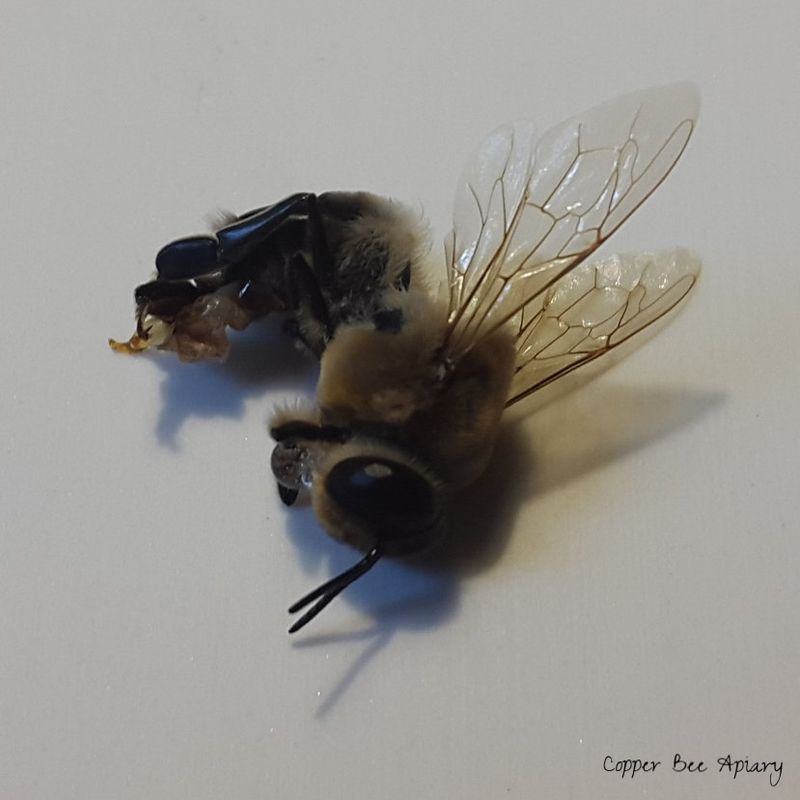
Drone honeybees (males) exist solely to mate with a virgin queen. They develop from unfertilized eggs and lack the ability to collect pollen or defend the hive.
When a drone successfully mates with a queen during her nuptial flight, his reproductive organ explodes inside her, tearing from his body. This violent act ensures his sperm remains sealed inside the queen while he falls to his death.
Even drones who never mate face a grim fate—when resources grow scarce in autumn, worker bees forcibly remove them from the hive, leaving them to starve.
12. Grunion’s Moonlit Beach Finale

California grunion perform one of nature’s most spectacular mating rituals. During specific spring and summer nights following high tides, these silvery fish ride waves onto beaches where females burrow tail-first into sand.
Males curl around them, releasing milt (sperm) that flows down females’ bodies to fertilize eggs buried beneath. The exhausted parents then catch returning waves back to sea.
Many grunion, particularly males, don’t survive this taxing reproductive event. Their bodies wash ashore after completing this remarkable spawning run, having used their last energy reserves to ensure their genes continue.
13. Cephalotes Ants’ Explosive Defense
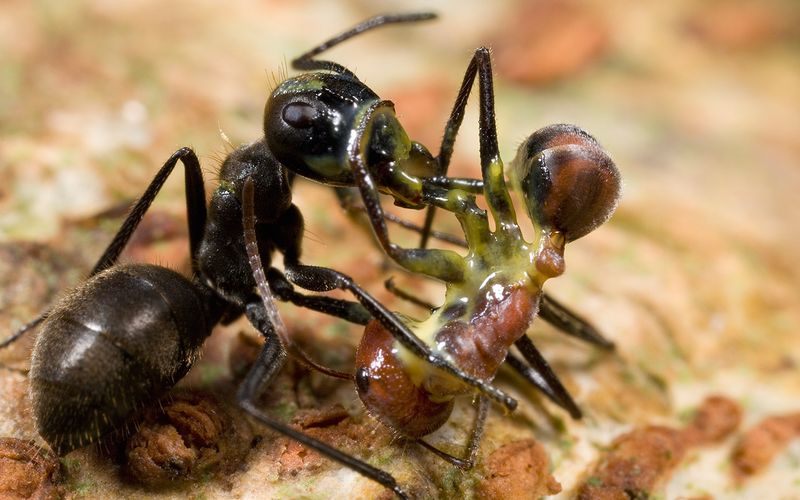
Certain species of Cephalotes ants in Southeast Asia demonstrate perhaps the most dramatic form of reproductive sacrifice. Older worker ants develop specialized glands filled with toxic chemicals.
When their colony faces serious threats, these ants perform “autothysis”—literally exploding their bodies by contracting abdominal muscles until their exoskeleton ruptures. This releases sticky, toxic substances that immobilize predators.
These self-destructing ants are typically near the end of their natural lifespan. Their explosive sacrifice protects younger relatives carrying the colony’s genetic future, ensuring reproduction continues even as individual lives end.
14. Desert Spider’s Maternal Meal
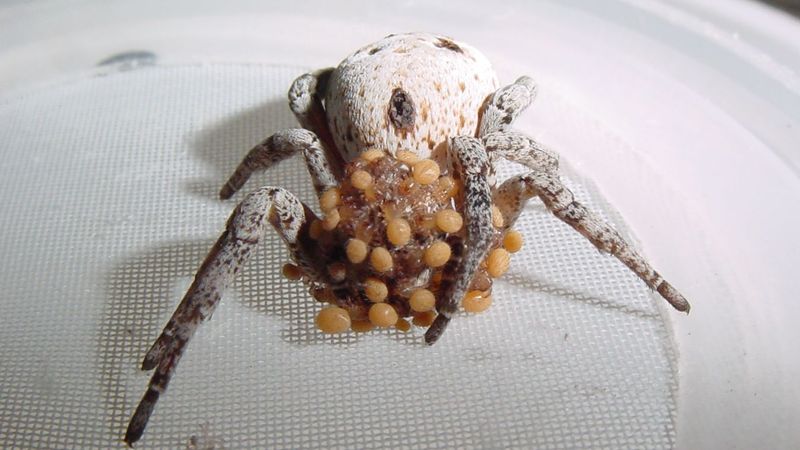
The female desert spider (Stegodyphus lineatus) takes maternal sacrifice to extraordinary lengths. After eggs hatch inside her silken retreat, something remarkable happens.
The mother spider liquefies her internal organs through a process called matriphagy—literally “mother eating.” Her offspring pierce her abdomen and consume her body contents while she remains alive.
This maternal sacrifice provides critical nutrition for spiderlings in harsh desert environments where food is scarce. By converting her body into food, she ensures her genetic legacy survives even as her own life ends.
15. Twisted-Wing Parasites’ Strange Lifecycle
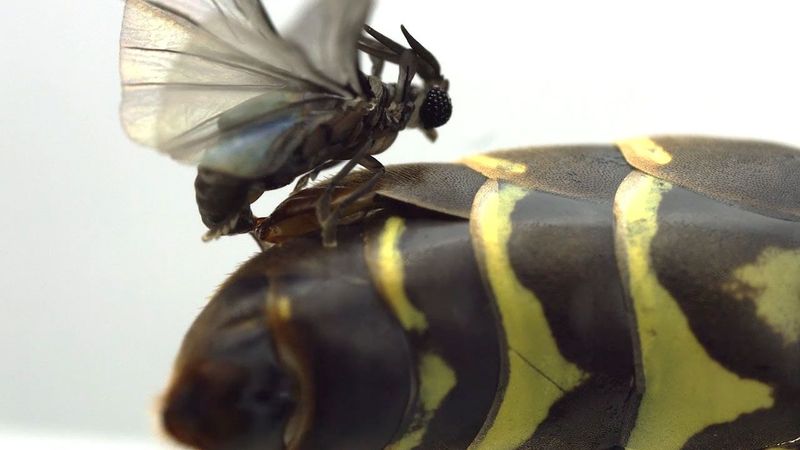
Twisted-wing parasites (Strepsiptera) have one of the oddest reproductive strategies in nature. Females never fully develop into adults – instead remaining grub-like inside host insects like bees and wasps.
Only their tiny heads protrude from the host’s body. Males develop normally, living just a few hours as free-flying adults with the sole purpose of finding and mating with embedded females.
After mating, the female’s body becomes filled with developing young that consume her from inside out. She dies as her offspring emerge from her body and the host insect, completing this bizarre parasitic life cycle.




